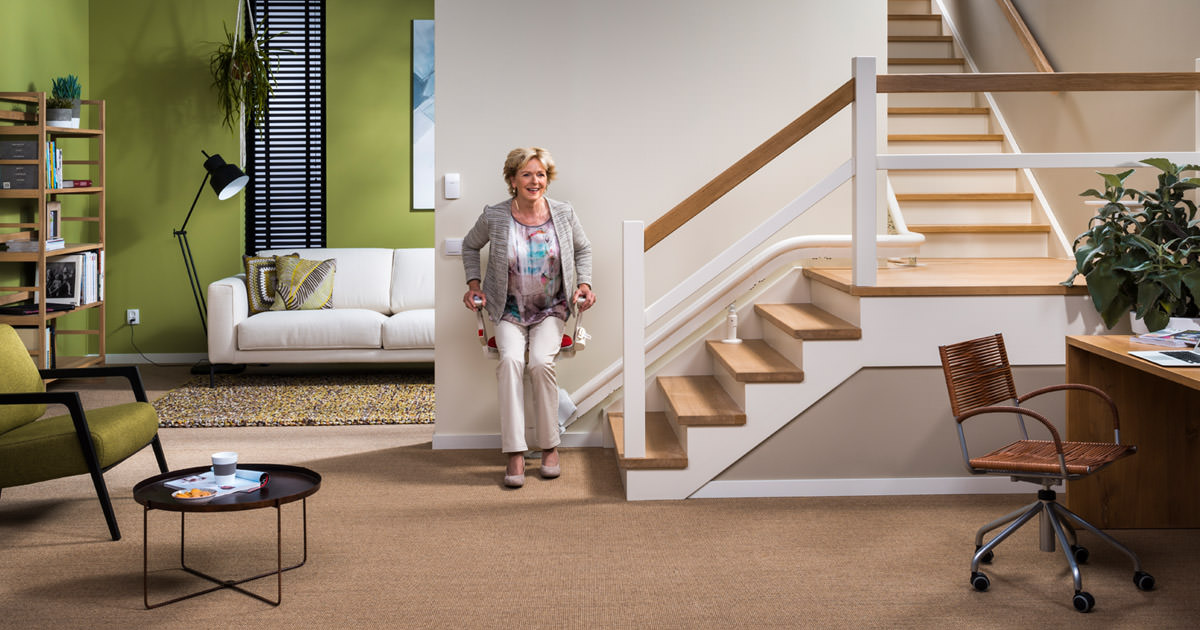How To Treat Progressive Supranuclear Palsy
Use Of A Weighted Walker

The use of a weighted walker can help progressive supranuclear palsy patients with safe mobility. Standard walkers are usually made of aluminum and have four adjustable, lightweight legs. While these provide adequate stability for some individuals, those with Parkinsonian diseases like PSP may find the base too wobbly. The legs tend to wiggle, especially if the patient is experiencing body tremors. A weighted walker is designed with a solidly welded base instead, so it doesn't wobble like a lightweight aluminum walker. Most of the weight is centered in the base, so the walker has a strong center of gravity and is unlikely to tip. Some have a U-shaped base that provides protection from falls in all directions.
Reduce Risks Of Falling In The Home

It's important to reduce the risks of falling in the home. In PSP patients, falls are the main cause of disability, injury, and potentially even death. Using assistive devices and making certain changes to the home can help mitigate these risks, allowing patients to live independently. An occupational therapist can address the patient's living environment, identify risky areas, and come up with solutions. These may involve the aforementioned grab bars or use of a walker, as well as the elimination of tripping hazards. The patient should also probably transition to living on one floor of the home or install a stairlift to reduce the chances of falling on the stairs. Occupational therapists may outfit the shower, kitchen, living areas, and highly-trafficked places with other mobility assistive devices.
